August 01, 2024
Three Voices: Conversations on Wayfinding
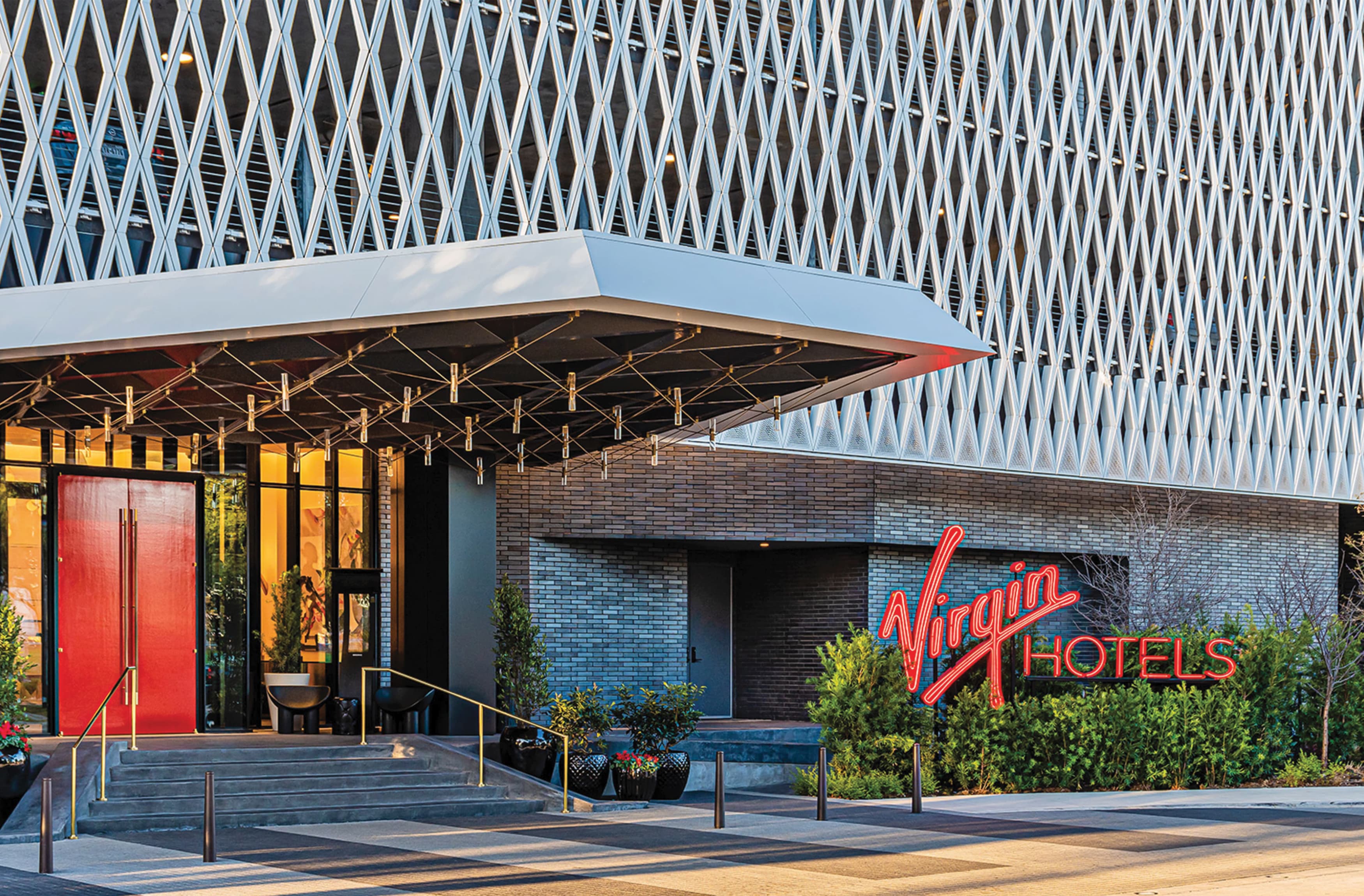
August 01, 2024

RSM Design studies wayfinding as a cohesive set of experiences that work together to help users acclimate and navigate within their environment. Through years of experience partnering closely with clients to develop unique wayfinding solutions, our team is dedicated to an approach that offers clarity to the guest experience. Our team’s commitment to problem solving and collaboration has solidified a reputation as industry leaders in the art and science of wayfinding. In the following conversation, Kyle Richter, Cody Clark, and Harry Mark FAIA reflect on their extensive experiences and insights gained as leaders in the field of wayfinding design.
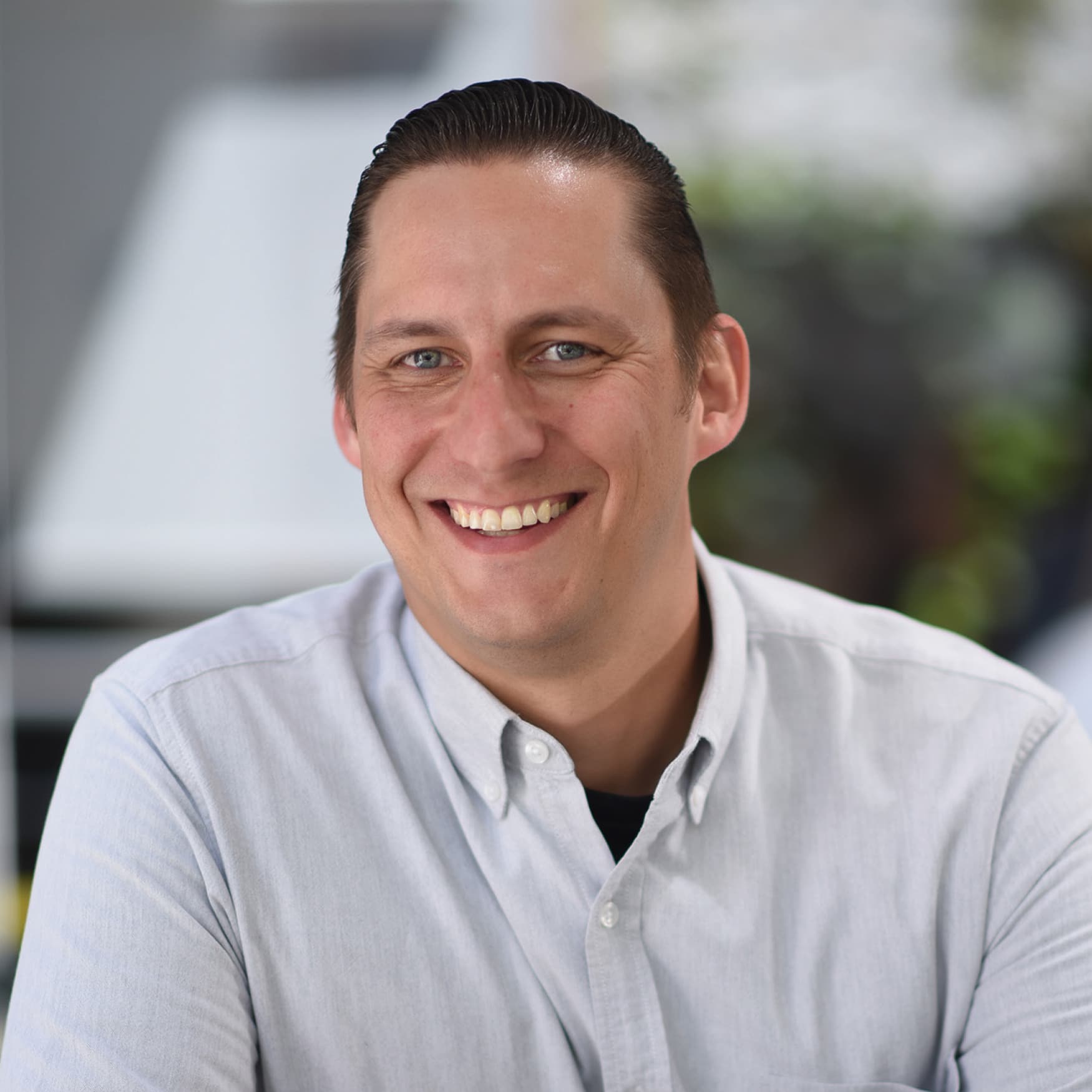
Principal & Director of San Clemente Office
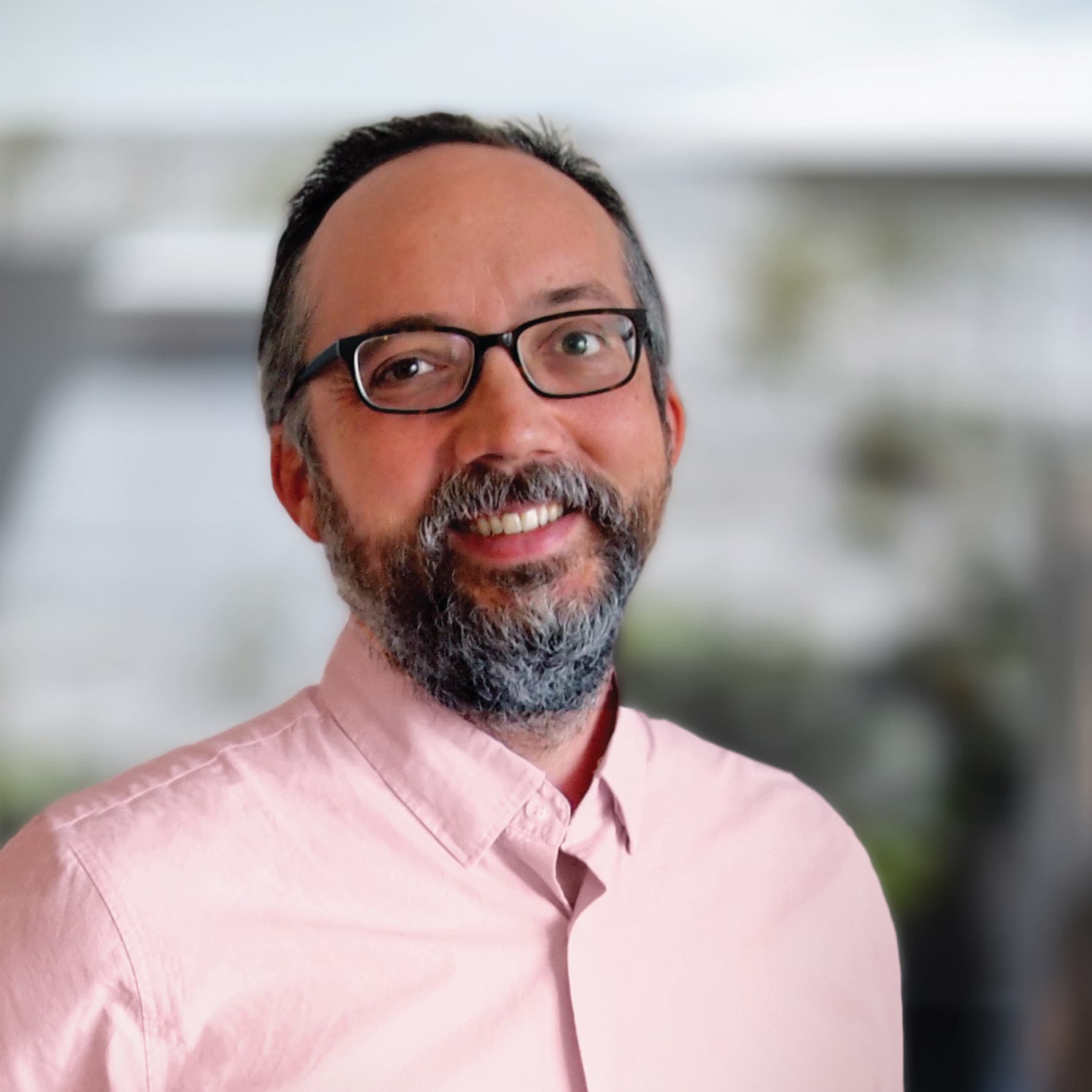
Principal & Director of Los Angeles Office
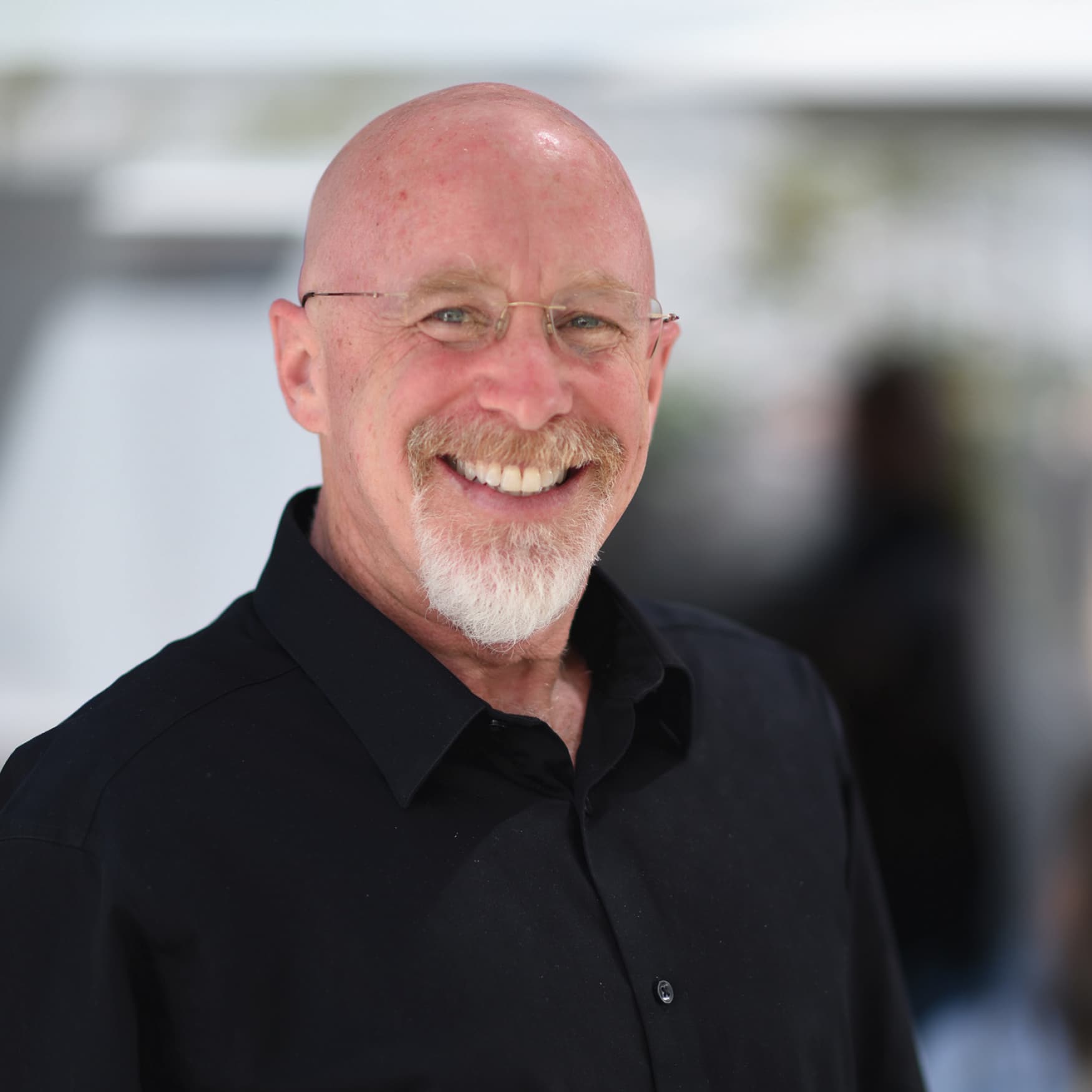
Executive Director & Principal
KYLE RICHTER
Kyle is a Principal and the Director of RSM Design’s San Clemente studio. With his inspiring leadership and creative vision, he guides the team through many of the studio’s large-scale collaborations. Kyle’s emphasis on process ensures that the project vision aligns seamlessly with client goals, thanks to his dynamic and detail-oriented management style. He is deeply involved in every phase, from visioning and conceptualization to design development, detailing, construction, and post-project evaluation.
Learn more about Kyle ›
CODY CLARK
Cody Clark is the Director of RSM Design’s Los Angeles studio and leads many of our project’s branding initiatives. With his extensive experience in typography and branding, he seamlessly integrates these elements into the built environment, creating engaging and inspiring narratives. Cody believes in a client-informed process driven by asking great questions, resulting in meaningful and successful projects. Cody specializes in transmedia solutions, utilizing platforms in wayfinding, environmental graphics, and media-driven surfaces for mixed-use retail, residential, office, city/civic, and hospitality projects.
Learn more about Cody ›
HARRY MARK FAIA
In his role as Executive Director of RSM Design, Harry art directs project teams across the three RSM Design studios in Dallas, Los Angeles, and San Clemente, leveraging his international architectural experiences and graphic design expertise to enhance each collaborative project. Harry focuses his attention on the intersection of architecture and graphic design, guiding projects and teams to further understand the vital and symbiotic relationship of graphics in the built environment. His work has transformed challenging user experiences in buildings and sites, adding clarity and organization through innovative experiential interventions.
Learn more about Harry ›

KYLE RICHTER
Wayfinding is the general sense of people navigating through a space to find their destination. There are so many aspects that go into wayfinding from a strategic perspective, from a user perspective, from a placement perspective—it really has to be thought of holistically to be effective for an environment.
CODY CLARK
Wayfinding is thousands of years old. How do you guide people? Guiding people is creating touchpoints in space. You’re creating one moment to the next. It’s landmarking, but with information. I think about what it serves and who it’s serving. Ultimately, wayfinding reinforces where you are, finds comfort in where you’re going, and then informs people of stories along the way. That’s the essence of what wayfinding really is.
HARRY MARK FAIA
That’s a great question. It’s not just a sign. It’s not just a piece of art. It’s not just a landmark element. It’s not just type on a sign with an arrow. It’s so much more.
Wayfinding is the system of navigating through a place or a space comfortably. And that can be achieved through many different facets of a project: a sign, a brightly colored wall, a great tree, a wonderful piece of art. All of these elements work together to create a strong wayfinding vocabulary through a project.
Oftentimes people think wayfinding is putting signs in all the right places to guide people to the different destinations, to get them to stay longer. Not at all. It’s about creating comfort, an emotional connection, and a layer in a project that makes it effortless for people to explore, discover, find their way, and feel safe, experiencing things that they hadn’t anticipated.
People are discovering that wayfinding is an important layer of a project. Whether it’s a singular building, a whole city, or a planned development, wayfinding adds a layer of comfort for the guests and visitors, and therefore creates a stronger connection to the environment.
Read more about how we define wayfinding ›
CODY CLARK
Well, in some cases, it’s not. I think wayfinding is important in certain contexts. Our studio has been fortunate enough to work on a few projects where the client tells us:
“Yes, we need wayfinding, but not so much. We want people to be joyfully lost.”
Joyfully lost? I’ve been hanging my hat on that term lately. Do you want to be joyfully lost? Or painfully comforted? In a lot of cases, they are somewhere in the middle, or both.
Wayfinding is important. In a lot of projects that we work on, wayfinding serves as an identification. How do you know you’re there? How do you know you’ve arrived? How do I enter? It’s more than that—wayfinding is the first moment you feel cared for.
KYLE RICHTER
Nobody likes to feel like they’re lost. Anyone who has ever had a challenge getting anywhere, whether it be in a project or while they’re driving somewhere they’re trying to get to, wayfinding plays a critical role for people to feel safe and to feel like they’re going in the right direction. Wayfinding plays a critical role in every space that we inhabit.
CODY CLARK
I always go to the root. It’s not the thing, it’s why we do it. Wayfinding is crucial because it allows our projects to present themselves to the guest: to relate to who they are, what they need and prepare them for what they’re going to experience. Wayfinding is anticipatory. You’re always guiding and waiting for what’s next.
“It’s never where you’ve been. It’s always where you’re going.”
CODY CLARK
There’s something magical and metaphorical to me about that. Harry and I talk about this with clients: our job is to put the least amount of things in the ground. If we did our job right, there’s only a minimal amount of wayfinding needed. How do we use other things to guide? Buildings, landscape, lighting, water, streets, people—use other things. Wayfinding is supplemental to these more tangible things.
Honestly, I think that’s why RSM is perceived differently, because we do not say you need these 500 signs to be successful. We’re saying you need these 15 signs, and everything else you’ve already done serves as intuitive wayfinding.
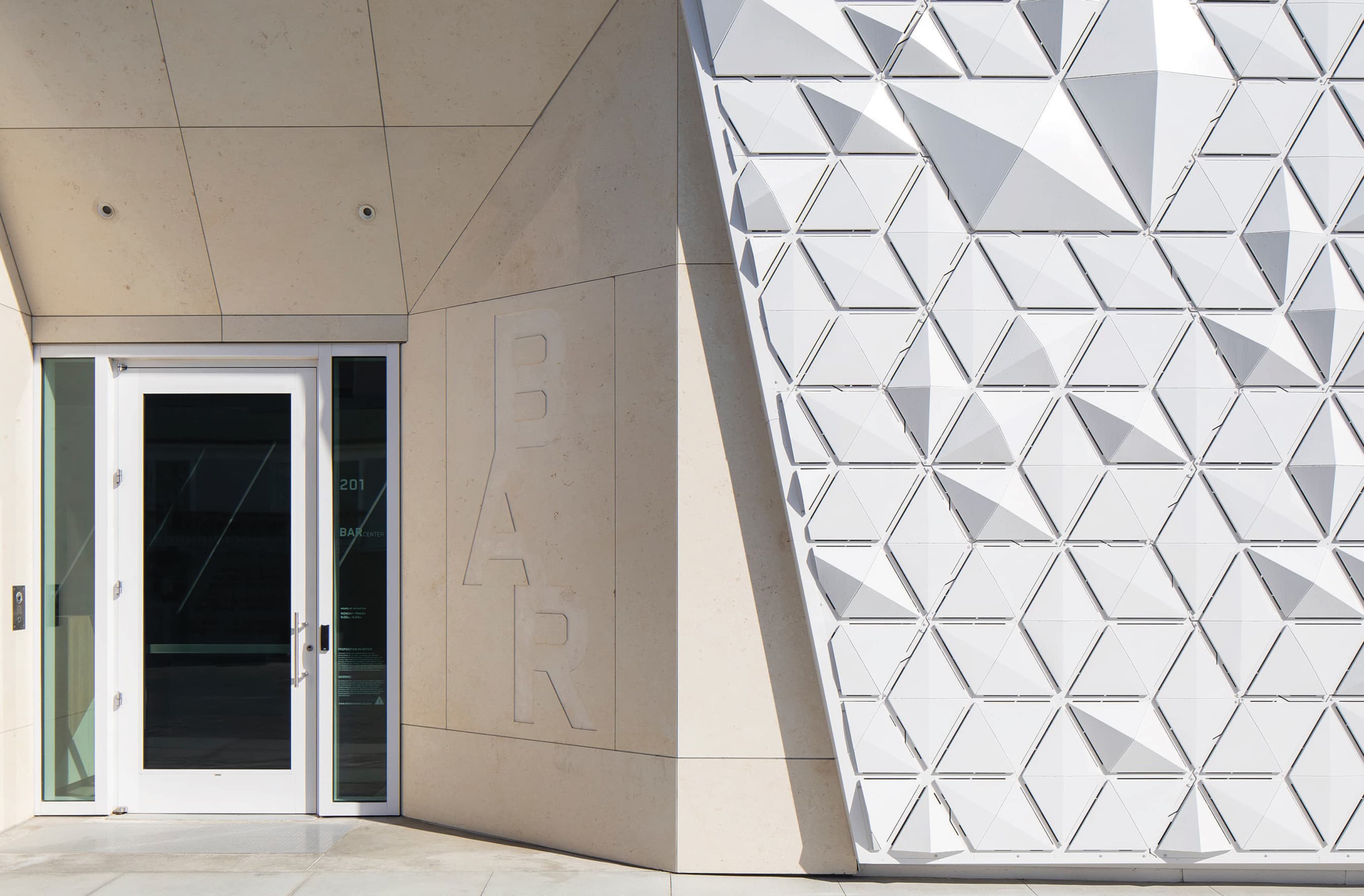
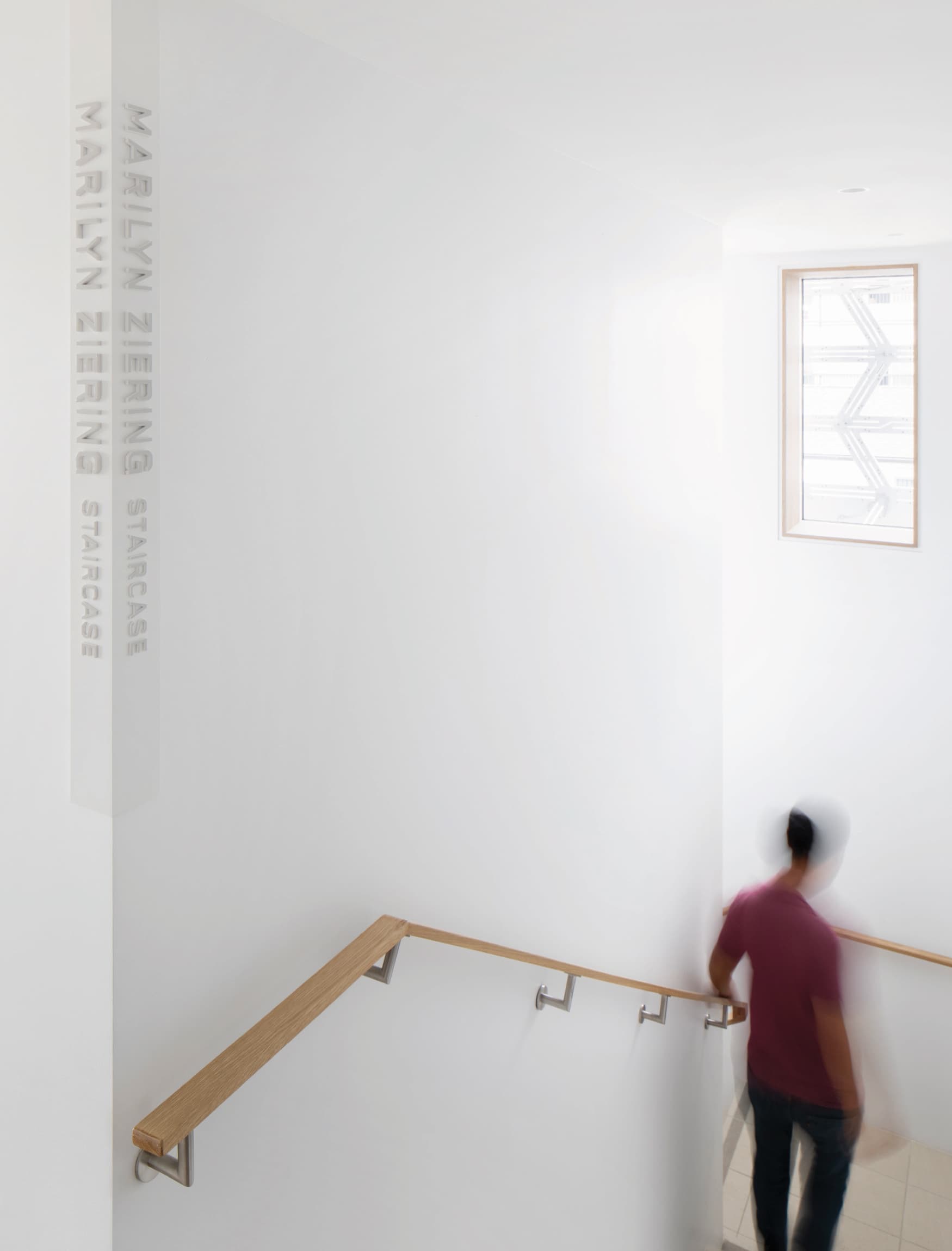
HARRY MARK FAIA
When we have the opportunity to craft a wayfinding experience through a project, I like to take a look at the architectural plans or the site plans and imagine myself walking through the space. I recognize where there might be decision making points, areas of pause, or areas of excitement to create a layer that could be enriched when the project is complete. I mentally walk through a project to pause and recognize where these experiential moments should occur.
KYLE RICHTER
The strategy of wayfinding should be driven by the project and the goals and objectives of the client team. We must understand the space in order to place things in locations where they’ll be most effective for the user to engage with and to navigate through the project.
CODY CLARK
We see the greatest success when we work with clients that have shared values. When we interview with a client, we’re also interviewing them. RSM has the ability to join a team, but we also have the ability to seek shared objectives. I think that allows us to ask the client thoughtful questions. In the end, our greatest work was created with companies that mirror our values. They put “people first.” They value the people in their team and speak kindly to the people in their team. They value design and the community that they’re serving. At the end of the day, that’s what we’re looking for, although we recognize that it can be hard to find.
Interestingly, some of our best clients don’t necessarily share similar values and perspectives on design at the beginning, but through our process, we uncover something with them. We uncover things that they didn’t know they needed. That’s what happens with remarkable design—we connect with a client through the process of talking, listening, and engaging, seeking that synergy. Then we begin to interpret their needs and priorities into solutions. We use design as a bridge. We guide our clients through our design process. We go through steps of design from early exploration and strategy. We want to dig deep in understanding who we are designing for. We could be designing for a place, a guest, a community, or a student. It’s important that we’re understanding and uncovering what the soul of that place is, and what the needs of the user are. RSM has the ability to uncover those stories and bring them to life.
KYLE RICHTER
There’s been a handful of projects that I got the most joy out of and felt were the most unique. The Boy Scouts’ Summit Bechtel Reserve was not only rewarding, but also challenging due to its size. Breaking down the space from a graphic, signage, and wayfinding perspective wound up being very difficult. We had to create a system that was memorable, and still help people know where they were across the 10,000 acre property. Another notable aspect of this project was its unique project type. The audience that we were designing for was the Boy Scouts—they will take apart anything, with or without a tool, they will figure out a way to take it apart. There was a lot of consideration in regards to tamper-proof components that can’t just be peeled off of the wayfinding elements. It was important that the signage could stand the test of time.
Another factor of the Bechtel Summit Reserve was the different areas for activities throughout the spaces: archery, skateboarding, BMX, or biking through the pump track are just a few. For the identities of those spaces, we really wanted the wayfinding to be reflective of the activity, but also a memorable placemaking moment out in the nothingness of 10,000 acres. Today, the Summit at Bechtel Reserve is a place serving Boy Scouts, adventure-seekers, and anyone who loves the outdoors.
See more of our work for the Summit Bechtel Reserve ›
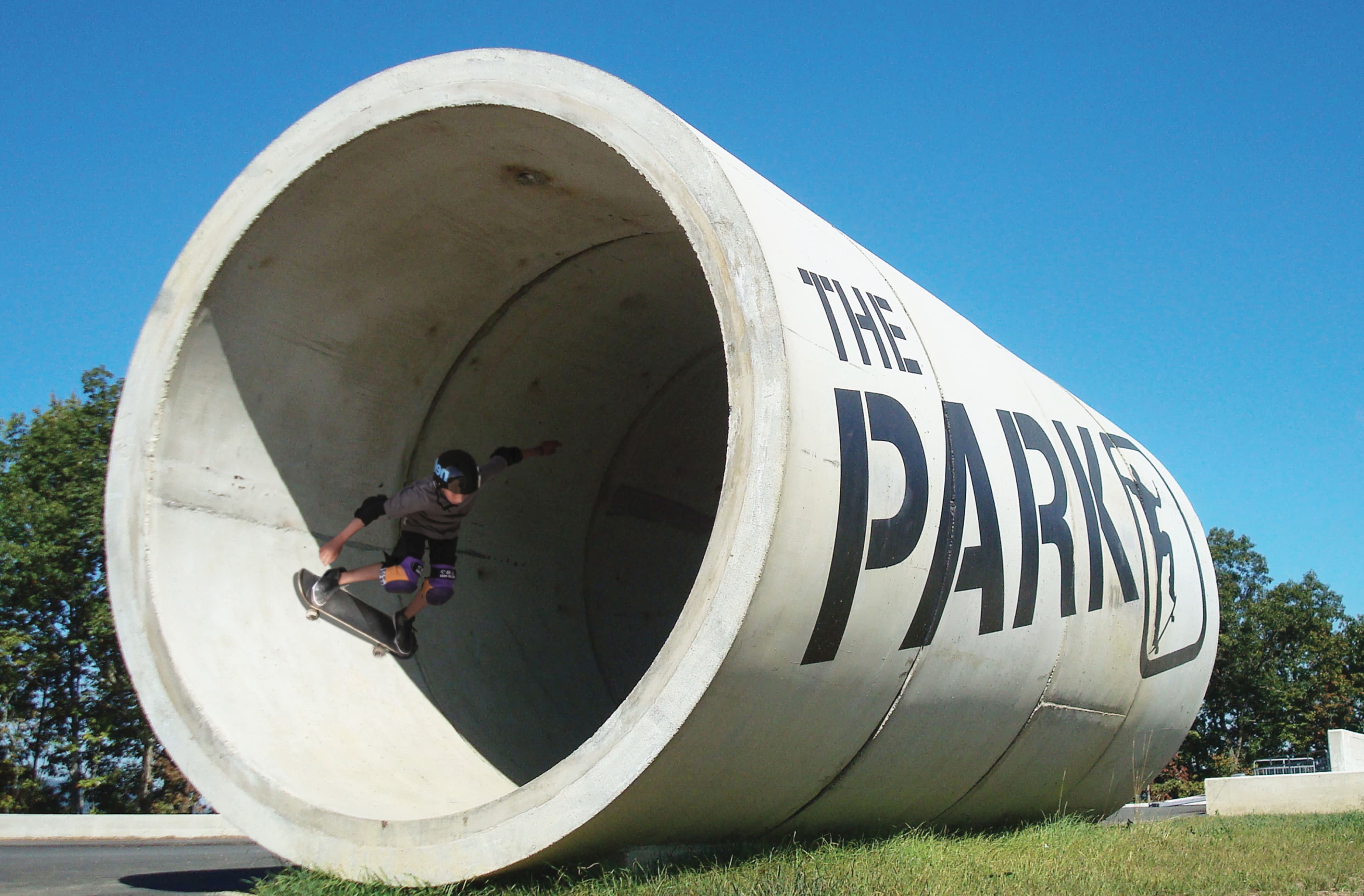
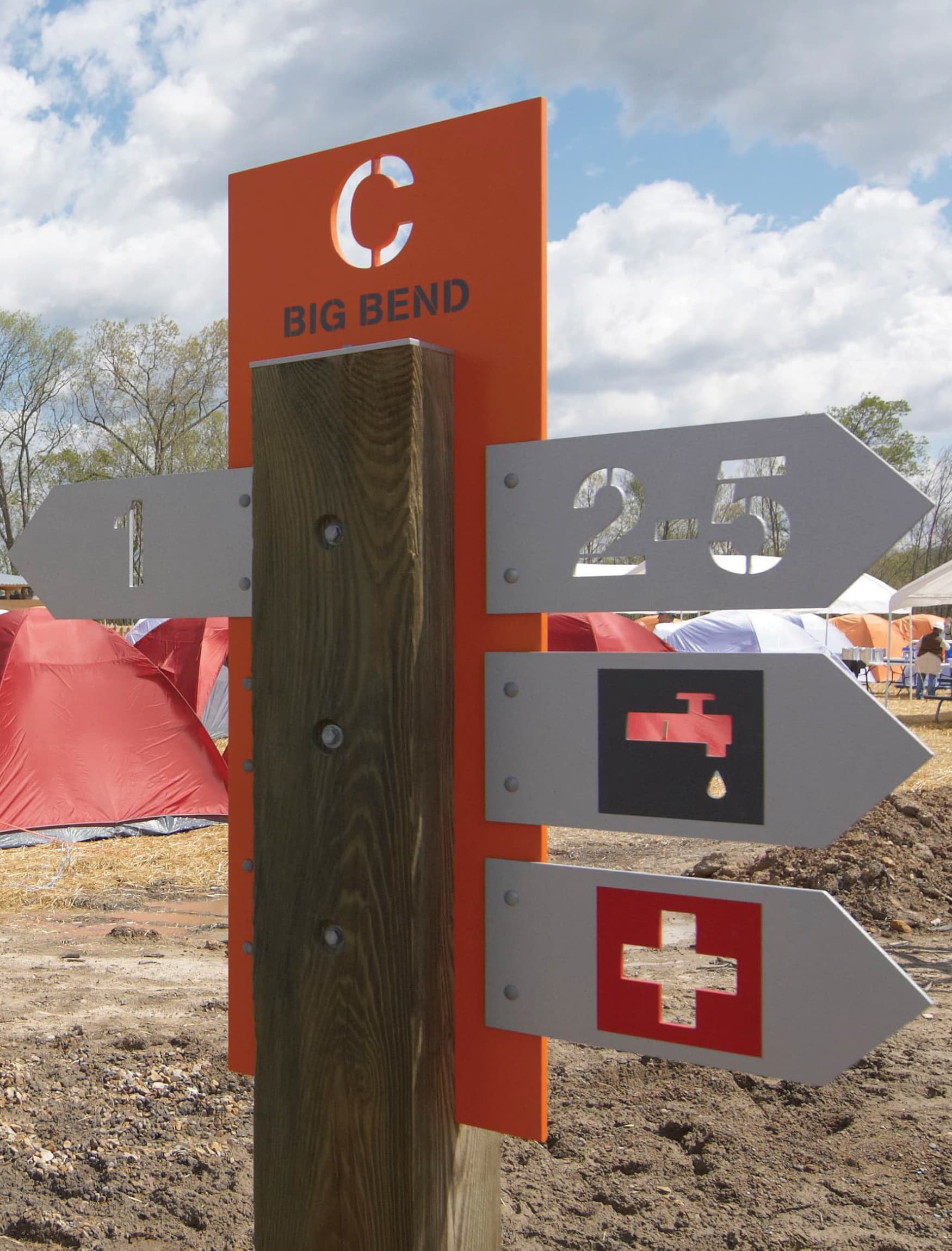
CODY CLARK
Ultimately, branding is a promise. Branding is creating a perception for the guest: What does this place mean and how are they a part of that story?
Wayfinding is a pendulum, and it swings between something that’s really tangible, such as information, directions, or regulations. It can be very pragmatic. However, the other side of the pendulum is the brand. It’s the perception, quality, care, meaning. “How am I going to be taken care of?” “How am I going to be treated?” “What kind of experience am I going to have?” For me, they’re synonymous. It’s hard to separate the two.
See more of our branding work ›
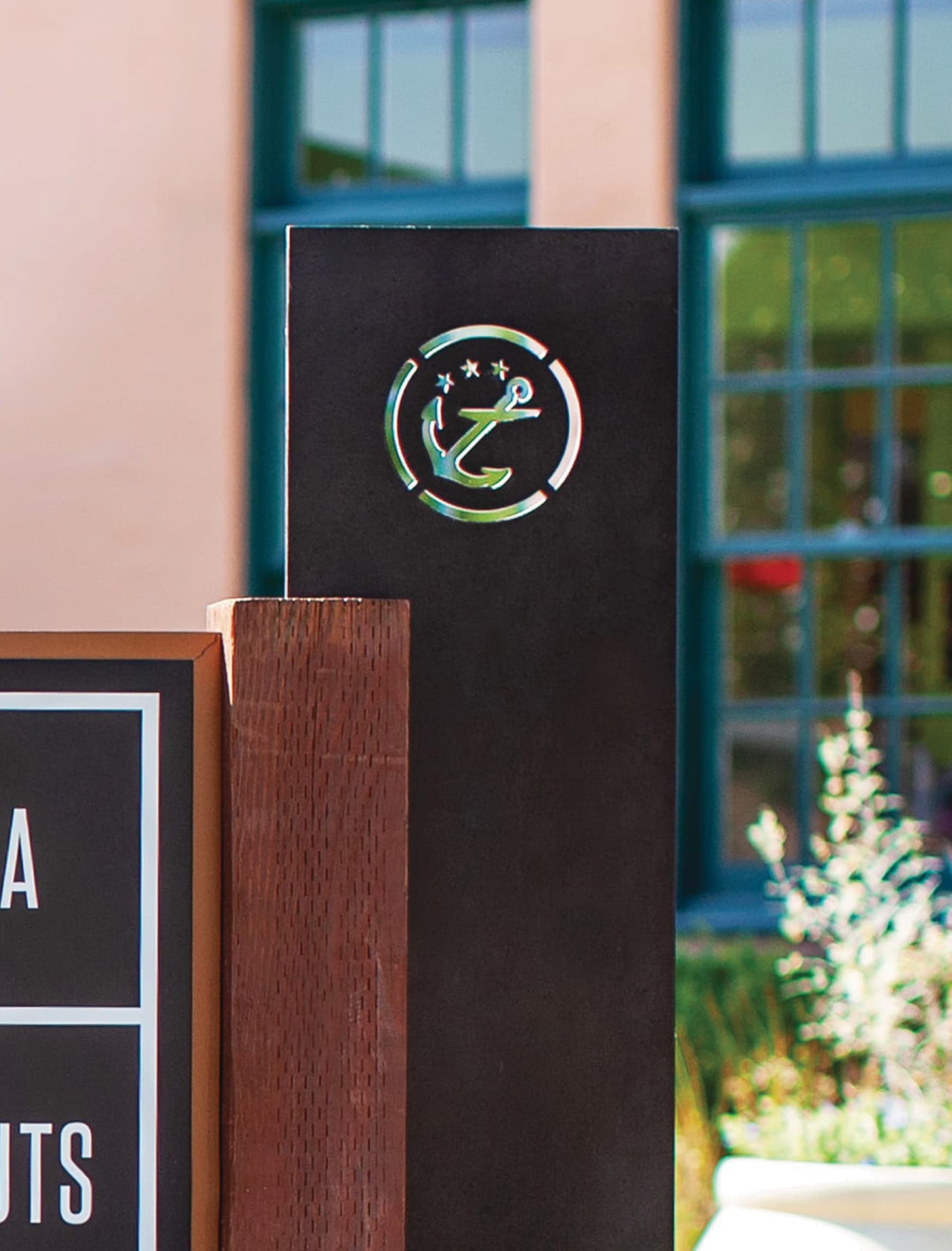
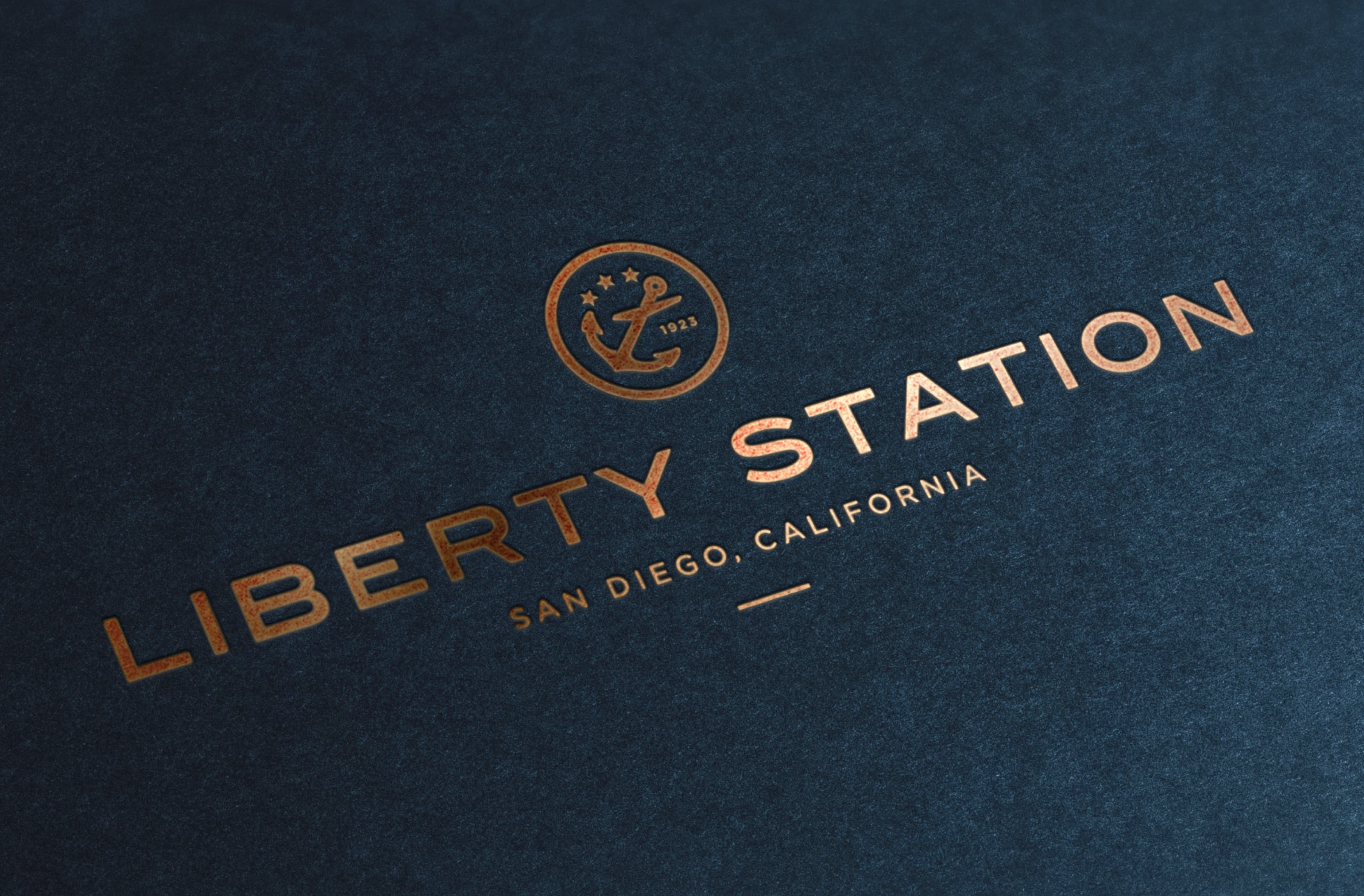
HARRY MARK FAIA
Wayfinding is constantly evolving, whether it is an analog approach to wayfinding or a digital approach to wayfinding. Technology is a critical component of how we experience wayfinding today. So whether we’re using our smartphone to navigate through a space or a printed map, all are important facets of navigation. Wayfinding is in a transition period right now—purely digital approaches to wayfinding are not necessarily the best solution, and purely analog approaches are missing out on opportunities that the digital realm can layer into a project. The unique challenge and opportunity right now is to decipher the balance between digital and analog, and what is most critical in how a guest experiences an environment.